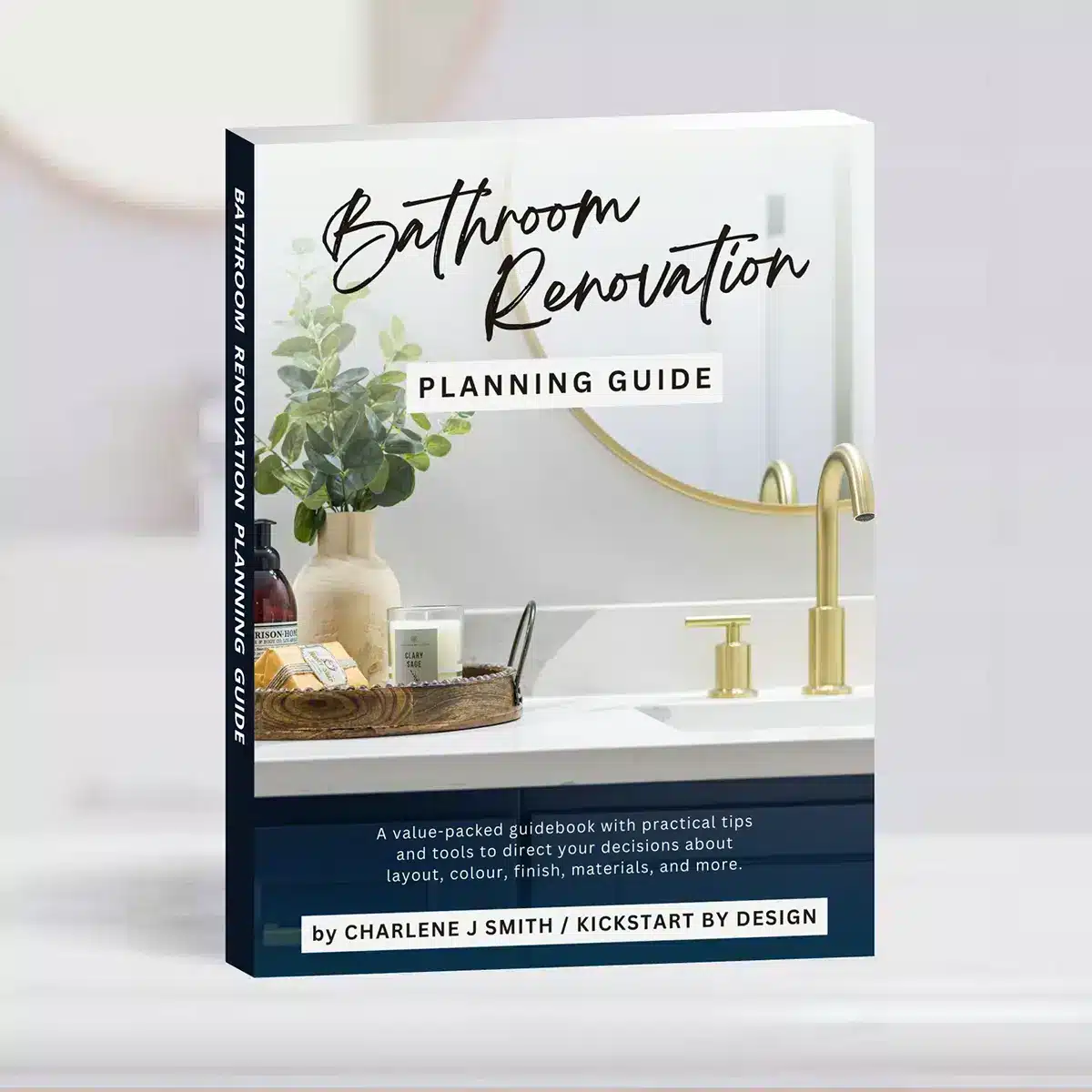Before you dive into demolition daydreams or start mapping out your perfect kitchen, there are two essential steps that often get overlooked—but can make or break your home renovation project: building permits and insurance.
Building Permits
When Are Permits Required for Home Renovations?
Let’s break down what kind of home renovations require permits, why they matter, and how they benefit your project—even if they seem like an extra hurdle at first.
Common Projects That Don’t Require Permits
Not every change to your home needs a green light from city hall. Here are a few DIY-friendly or cosmetic updates that typically don’t need a permit (though it’s always smart to double-check with your local office):
- Replacing kitchen or bathroom cabinets and countertops
- Installing new flooring or tile
- Updating fixtures like faucets or light fittings
- Performing non-structural repairs
- Interior or exterior painting
These updates don’t usually impact the structure or major systems in your home, so you’re free to move forward without formal approval in most regions.
Projects That Do Require Permits
For more substantial upgrades, permits are often mandatory. Here are two general situations when you may need to hit pause and contact your local building department:
1. Structural Changes
If you’re knocking down or moving walls—especially load-bearing walls—you’ll likely need a permit. These changes can affect your home’s overall stability and must be inspected for safety.
Identifying Structural vs. Non Structural Walls
A structural or load-bearing wall’s purpose is to transfer the weight of the roof and floors downward to the ground. They support the structure, unlike other walls that simply serve as room dividers. Here are a few ways to tell if a wall is structural or not:
1. With Original Building Plans (if available)
- Action: Check the building plans or any available architectural drawings of your house. These pages indicate the direction of floor and ceiling joists, helping identify load-bearing walls.
- Conclusion: Load-bearing walls will be marked “S” for Structural, giving you a definitive answer.
2. Without Original Building Plans
- Check the alignment of the wall with floor joists—the beams supporting the floor on which your wall is located.
- Action: If the level below the wall in question has an unfinished ceiling or a drop ceiling, you should be able to go down and inspect the floor joists. Are they parallel or perpendicular to the wall in question?
- Conclusion: If the wall is perpendicular to the floor joists, it’s more likely to be load bearing.
- Look for supporting columns or beams beneath the wall.
- Action: Check if there are any supporting columns or beams directly beneath the wall in question that might indicate the load path. This can be in your basement or any lower level.
- Conclusion: If you see supporting columns or beams directly under the wall, it strongly indicates that the wall is load bearing. These structures typically carry the load from the wall and distribute it to the foundation.
- Examine the attic or upper floors for structural supports.
- Action: If you have an attic, look for beams or structural supports directly above the wall in question.
- Conclusion: Supporting structures directly above the wall in question reinforces the likelihood that it’s load bearing.
These steps alone are not conclusive. Removing drywall to see what’s actually within the wall is the best way to be certain. Remember, while these steps can guide you, they are not a substitute for professional advice, especially if you’re planning significant structural changes. Safety first!
3. With the Help of a Professional
If you’re still uncertain, consulting a structural engineer or a professional contractor is the safest bet. A professional can provide a definitive assessment and ensure your renovations are safe and compliant with local building codes.
2. Electrical, Plumbing, Gas & HVAC Modifications
Planning to move a sink, reroute wiring, or install a new HVAC system? Any work involving major mechanical systems usually requires a permit, and the work must be done by a licensed contractor or tradesperson (or yourself, if allowed).
This includes:
- Running new electrical circuits
- Moving or adding plumbing
- Gas line installations or relocations
- HVAC ductwork changes
Why Are Building Permits Important?
Whether you’re planning a kitchen remodel, bathroom upgrade, or even adding a room, permits help ensure that your renovation meets local building codes. That means:
- Your home is safe and structurally sound
- Licensed professionals are involved where needed
- You’re protected from costly legal issues later on
- Your renovation adds verified value to your property
It might feel like red tape, but permits are actually your safety net. They bring inspections, professional oversight, and peace of mind—especially during resale.
The Cost of Skipping Permits
Cutting corners might seem tempting—but unpermitted work can have serious consequences:
- Legal fines or penalties from your municipality
- Stop-work orders mid-renovation
- Difficulty selling your home later (buyers want proof of code compliance)
- The risk of having to redo non-compliant work
If a future buyer asks for permit records and you don’t have them, it could affect your home’s resale value—or even halt a sale altogether.
Budgeting for Permits
Fees for building permits vary widely based on your location and the scope of your renovation. Costs can range from a few hundred to several thousand dollars, so it’s essential to factor them into your renovation budget.
How Permit Fees Are Calculated
Permit costs are typically based on the estimated construction value. The higher your project value, the more you’ll pay. Common pricing models include:
- Base Fee + Per $1,000 Value: A flat base fee plus a charge for every $1,000 of construction value
- Tiered Fee Systems: Some municipalities charge different rates depending on the total project cost
- Plan Review Fees: Certain cities (like Surrey, BC) charge a non-refundable processing fee—often a percentage of the total permit fee—due at application
Pro Tip: Set aside 1%–5% of your total renovation budget to cover all permit-related costs and avoid surprise expenses.
Additional Permit-Related Costs to Consider
- Separate permits for plumbing, electrical, or HVAC
- Inspection fees (flat rate or percentage-based)
- Fines for starting work without permits—often double the fee
- Drawings or floor plans required for permit approval
When Should You Apply for Permits?
Apply for permits as early as possible—ideally with your contractor or once you finalize your renovation plans. Some permits take weeks to process, and starting without them could lead to delays or forced do-overs.
Your local building or municipal office can tell you exactly which permits are needed for your location and project type. Requirements vary widely depending on where you live.
Pro Tip: Even if your contractor says a permit isn’t necessary, it is prudent to double-check. As the homeowner, you’re ultimately responsible for ensuring the work is legal and approved.

Studio McGee
Final Thoughts on Permits
Permits may add time and cost to your renovation, but they also add protection, accountability, and value. If you’re unsure whether your renovation needs a permit, make that your first step before buying materials or booking trades.
It’s better to spend a little extra time now than face bigger problems later.
Insurance
Insurance and liability planning are essential for home renovations. Whether you’re remodelling your kitchen, finishing the basement, or adding a second story, renovations can affect your insurance coverage, liability risk, and even the value of your home. Here’s how to stay protected at every step of your renovation.
Homeowner’s Insurance: Why It’s Important
1. Ensure Your Home Is Still Covered
Failing to inform your insurance provider about a renovation could lead to serious consequences—such as a denied claim or even a voided policy. Each project introduces new risks, and your current coverage may not apply once walls come down or systems are altered.
Letting your broker know upfront allows them to:
- Review your current coverage
- Assess potential risks
- Offer solutions like temporary riders or policy adjustments during construction
2. Protect Yourself from Liability
Renovation zones can be dangerous—even for experienced professionals. If a contractor or tradesperson is injured on your property and you haven’t addressed your insurance needs, you could be held personally liable.
Make sure your policy includes liability coverage that protects you from legal or medical costs in the event of an on-site accident.
3. Account for Increased Home Value
Renovations almost always increase a home’s replacement value, and if your insurance hasn’t been updated to reflect that, you could be underinsured.
Pro Tip: Most standard homeowners’ policies require coverage for 100% of your home’s replacement cost—not the market value, but the cost to rebuild it using today’s labour, materials, and finishes.
If your policy is based on your old home value, you risk coming up short if you ever need to make a major claim.
Renovation Contractor Insurance: What to Look For
Hiring a licensed and insured general contractor isn’t just best practice—it’s essential protection for your investment. Before signing a contract, ask for:
- A Certificate of Insurance: This should outline exactly what coverage they have and confirm that their policy is active.
- General Liability insurance: This covers damage caused by errors, negligence, or worksite accidents. Request to be listed as an additional insured to further protect yourself.
- Builder’s Risk insurance: This covers damage to materials and your home during the renovation, including items not yet installed. Your insurance broker can advise whether your contractor should carry this based on the scope of the work.
- Workers’ Compensation coverage: If your contractor has employees, Workers’ Comp is a must. Always request a clearance certificate to confirm they’re in good standing with your local safety board.
What If You’re Acting as Your Own General Contractor?
Going the DIY project management route? You’re now responsible for much more than just the design—you also assume legal and financial risks typically handled by a licensed general contractor. Permits and insurance cannot be skipped on any home renovation, especially DIY!
Here’s what you need to do:
- Review your homeowner’s insurance—especially for liability and construction-related damage
- Hire only insured tradespeople—ask each for proof of general liability coverage
- Understand that if a friend or family member helps and gets hurt, your insurance may cover it—but only up to your policy limit
Keep in mind: If you don’t have the right coverage in place, you could be liable for all injuries, damage, or financial losses on the job.

Jamie Hagan via Unsplash
Plan Smart, Protect Your Home
Before you pick up a hammer or hire a contractor, talk to your insurance broker. Renovations are exciting, but they introduce new risks—from on-site accidents to property damage and underinsured homes. A simple conversation with your insurance broker can save you from:
- Surprise out-of-pocket expenses
- Legal disputes
- Denied insurance claims
Need help planning your renovation safely and confidently?
Grab a copy of my free Kitchen Assessment Questionnaire to get a clearer picture of your renovation goals—and what protections you’ll need along the way.



